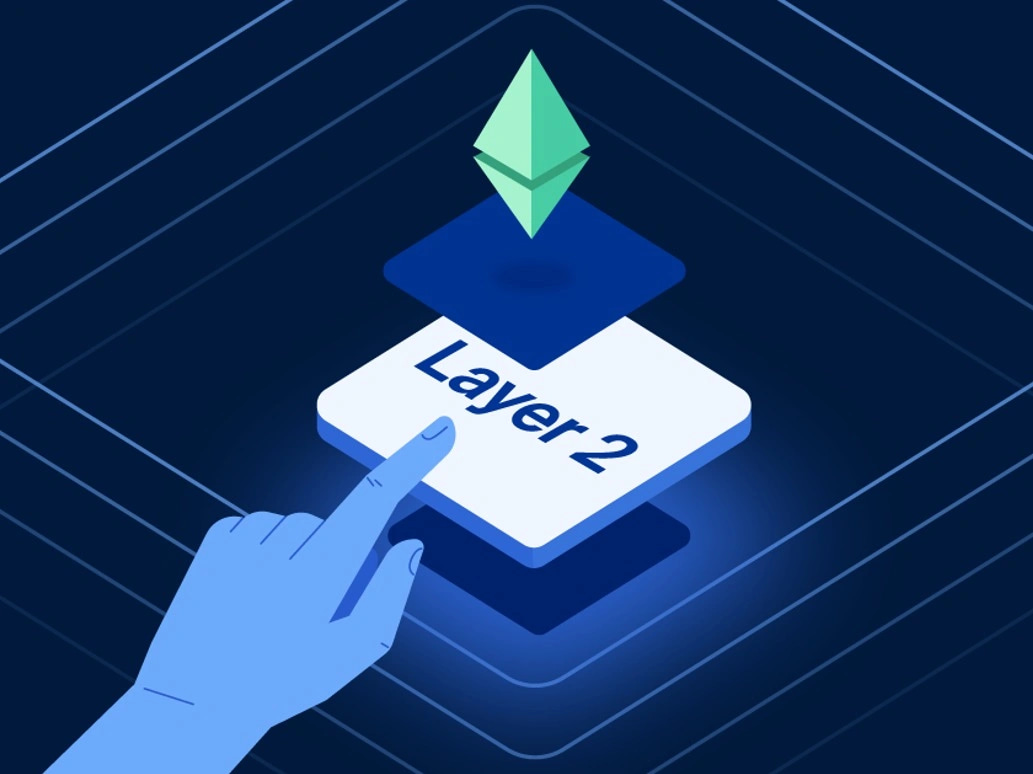Key Takeaways
- Tokenomics are central to designing sustainable in-game economies in Web3 gaming.
- Play-to-earn and NFT-based incentives are redefining player engagement.
- Venture capital investment is fueling innovative blockchain game projects.
Introduction: The Rise of Web3 Gaming
Web3 gaming is no longer a niche experiment—it’s a rapidly expanding sector where blockchain technology and digital assets converge to create entirely new gaming experiences. At the heart of this evolution lies tokenomics, the study and design of in-game tokens, currencies, and reward systems. In the era of play-to-earn and NFT games, understanding tokenomics is crucial for developers, investors, and gamers alike.
Unlike traditional games, where progression is primarily entertainment-driven, Web3 games integrate financial incentives directly into gameplay. Tokens, NFTs, and other digital assets allow players to earn, trade, and even invest in their gaming experiences, creating new opportunities—and new challenges—for sustainable economic models.
Understanding Tokenomics in Web3 Games
Tokenomics refers to the economic design behind a game’s digital tokens. This includes the creation, distribution, and utility of these tokens, as well as mechanisms to maintain scarcity, value, and engagement. For example, a blockchain game may feature a native token that serves multiple functions: purchasing in-game assets, rewarding players for achievements, or facilitating governance decisions within a decentralized community.
A strong tokenomics model balances supply and demand, incentivizes active participation, and prevents economic collapse. Poorly designed systems can lead to token inflation, player disengagement, or unsustainable growth—issues that many early Web3 games faced. Conversely, well-crafted tokenomics can drive player loyalty, encourage trading, and foster vibrant in-game economies.
Play-to-Earn and NFT Integration
One of the most visible outcomes of tokenomics is the play-to-earn (P2E) model. P2E allows gamers to earn cryptocurrency or NFTs by completing in-game activities, leveling up characters, or participating in competitions. This shift transforms gaming from a purely recreational activity into a potential source of income, attracting a broader audience and increasing retention.
NFTs also play a pivotal role in modern tokenomics. By representing unique in-game items—such as skins, weapons, or virtual land—NFTs give players true ownership of digital assets. This ownership is tradable and verifiable on the blockchain, creating a marketplace where scarcity and demand directly influence value. Games like Axie Infinity and Illuvium have demonstrated how integrated tokenomics and NFT economies can drive sustained player engagement while offering real-world earning potential.
Venture Capital and the Future of Game Economies
The intersection of tokenomics and venture capital is fueling the next generation of blockchain games. Investors are increasingly funding projects that demonstrate innovative tokenomics models, scalable ecosystems, and strong community engagement. These investments not only provide financial backing but also validate the viability of blockchain-based gaming economies.
Startups in the Web3 gaming space are experimenting with hybrid models, blending traditional gaming mechanics with tokenized economies. This trend signals a future where gaming tokens are not just collectibles or rewards—they are integral to gameplay strategy, player progression, and community governance. Venture capital support helps these projects navigate early-stage challenges, ensuring sustainable tokenomics and long-term growth.
Challenges and Considerations
Despite its promise, tokenomics-driven gaming is not without risks. Over-reliance on speculative trading can destabilize economies, and poorly designed reward systems can undermine player motivation. Developers must carefully consider token distribution, inflation controls, and the balance between earning potential and entertainment value.
Regulatory uncertainty also looms large. As governments increasingly scrutinize cryptocurrency and NFT markets, Web3 games must navigate complex legal landscapes while maintaining player trust. Transparency, security, and community-driven governance are critical components of successful tokenomics strategies in this evolving environment.
Conclusion: The Future of Web3 Game Economies
Tokenomics is redefining how players interact with games, creating ecosystems where digital assets, rewards, and community governance converge. By integrating play-to-earn mechanics, NFTs, and sustainable economic models, developers can foster highly engaging, financially meaningful gaming experiences.
As venture capital continues to fuel innovation, the next generation of Web3 games will not only entertain but also empower players to participate in dynamic, token-driven economies. For gamers, developers, and investors alike, understanding tokenomics is key to thriving in this rapidly expanding frontier of digital entertainment.
Disclaimer: The information in this article is for general purposes only and does not constitute financial advice. The author’s views are personal and may not reflect the views of GameDegen.com. Before making any investment decisions, you should always conduct your own research. GameDegen.com is not responsible for any financial losses.



